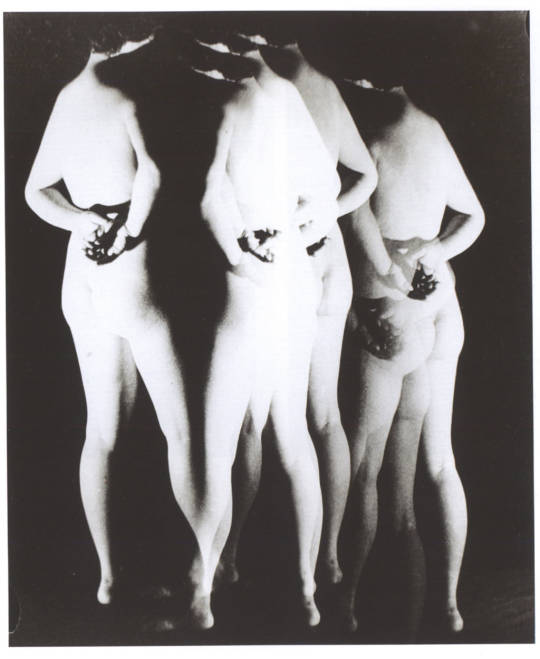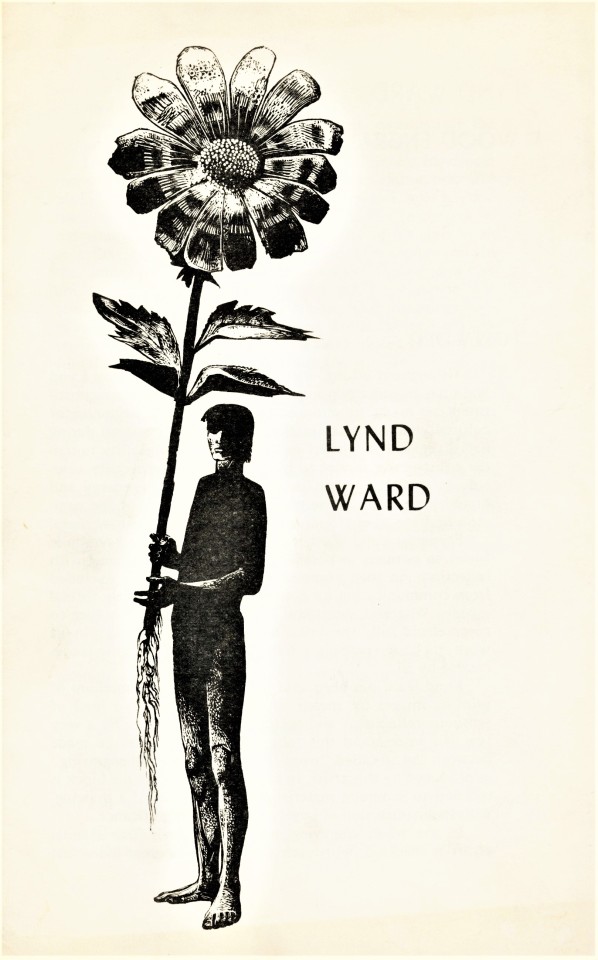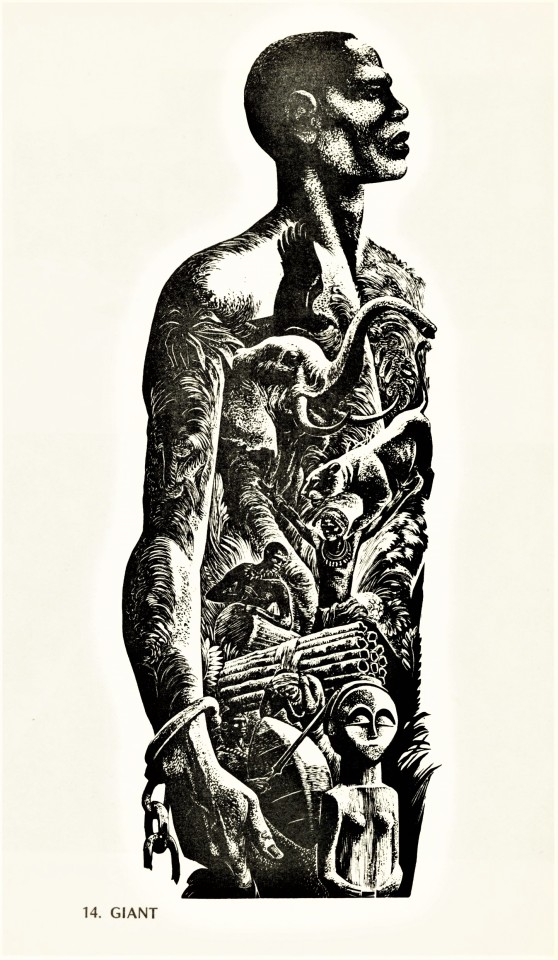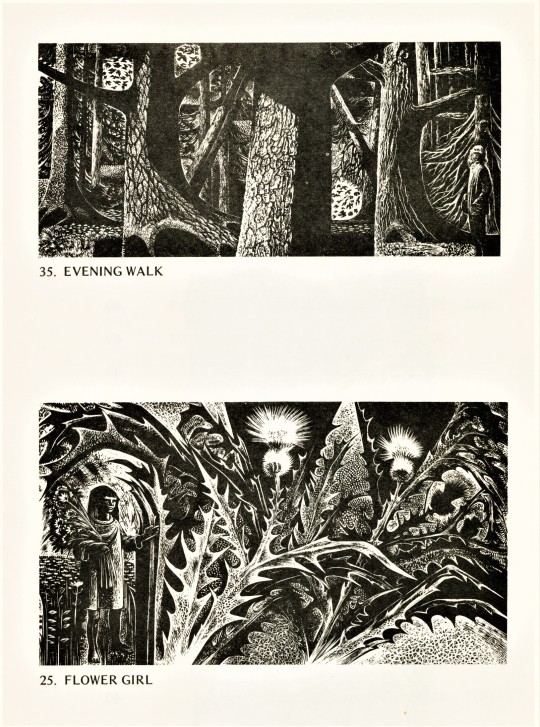#1905–1974
Photo

Osamu Shiihara
#Osamu Shiihara#experimental photography#Japan#figurative#solarized#ghosts#solarization#Japanese#1905–1974
219 notes
·
View notes
Text

István Biai-Föglein (Hungarian, 1905-1974) - Ice Revue
165 notes
·
View notes
Text
#NationalPigDay 🐖:

Carousel Figure of a Pig, c.1905
Attributed to: Gustav A. Dentzel Carousel Co. (active 1867–1928)
Carved by: Salvatore Cernigliaro ("Cherni") (American (born Sicily), 1879–1974)
Basswood (Tilia americana), glass
76.2 x 127 x 29.2cm (30 x 50 x 11 1/2in.)
Museum of Fine Arts, Boston
#animals in art#animal holiday#20th century art#pig#carousel#1900s#Museum of Fine Arts Boston#National Pig Day#Dentzel Carousel#woodwork#wood carving#American art#Pennsylvania art
84 notes
·
View notes
Text




The amazing 'Walker' pipe organ of Rochester Cathedral, Kent (1905) made by J. W. Walker & Sons Ltd. The instrument sits within the splendid Gilbert Scott cases (1974), Gilbert is the same man who designed the infamous red telephone box of London/England
#dark academia#light academia#classical#academia aesthetic#escapism#academia#books and libraries#classic literature#books#architecture#place#travel#photography#Rochester Cathedral#kent#uk#object#walker pipe organ#gilbert scott#red telephone box#royal core#cottage core#aesthetics#academic#artistic#mood#vibe#tumblr#amazing#infamous
34 notes
·
View notes
Text
[Book Rec + Reaction/Thoughts] The Lantern and the Night Moths 灯与夜蛾 by Yilin Wang
An anthology of translated poems by five modern or contemporary poets and accompanying essays by the translator, @yilinwriter.
You can find the pronunciation guide and list of corrections here!
The cover art, a beautiful expression of the tone of this collection, is by Taiwanese artist Ciaoyin (check out her gorgeous insta!). I'm looking forward to the arrival of the physical book as my tab absolutely does not do it justice xD

Anyway! The official release date is 02 April 2024 though there have been some very thoughtful reviews by early readers already. Here, here, here and here.
(It was an ARC that I received too… though in the time it took to put this together, the ebooks have already gone out to readers >.< typical snail yj!)
Instead, I’ll tell you who I think would be interested in this book or might benefit from reading it, then share things that are cool about it from the perspective of a bilingual hobbyist translator + lover of ancient poetry and lyrics.
Who should read it?
If annotations, translator’s notes and reflections spark joy for you...
If you’ve ever read poetry translations and been intensely curious about what goes on under the hood...
If you’re a translator yourself wanting to hear another voice...
Definitely check this out!
Also if you’re CN+EN bilingual and have ever read something in English that references Chinese terms and concepts etc. except ONLY in English, pinyin or wade-giles and been utterly frustrated by the ensuing guessing game (like me) Fear Not.
That will not be a problem here.
I really appreciate how Chinese words are used naturally where needed for concepts and quotes - they are also translated for those who can't read Chinese so no one is left out. It made this book of and about translation (and more) super comfortable to read! The solution is so simple, so direct, so rarely used that I am amused.
Oh, but do note that the Chinese characters are in simplified though!
The poems are organised by their writers who are listed here by order of birth year, not appearance in the book:
秋瑾 (Qiu Jin, 1875 to 1907)
废名 (Fei Ming. 1901 to 1967)
戴望舒 (Dai Wangshu, 1905 to 1950)
小西 (Xiao Xi, 1974 to _)
张巧慧 (Zhang Qiaohui, 1978 to _)
Altogether, that covers nearly the last 150 years up to now. I’ve never really been into poetry by poets in such relatively recent times, in part because I’d been holding on to this stereotype of them spurning Classical Chinese and ancient poetry in the first half of the 20th century (not entirely true, as I came to realise xD). It made sense and was understandable, but felt sad.
Yet am I the target audience for this book?
Very much so.
In ways I didn’t think I would be too! It was so much fun to experience this both as a reader and a translator that I thought I’d share it here, where we are appreciating Chinese poetry together.
If you didn’t think you’d enjoy modern Chinese poetry, hey, give it a chance!
Oh yeah - on the way home a while back, I was talking to a friend about translation and was surprised to hear that her impression was that it ought to be a straightforward process. Like isn’t it a 1:1 conversion? At some point, ‘what’s the difference between something google translate might return, and how you would say it?’ was asked, and oh that was a delightful question to my ears! I showed her one of my comparison sheets where an original text is laid out alongside multiple translations line-by-line, briefly explaining some common and unique choices and how the people who had translated those probably arrived at the various interpretations. She was pretty amazed to see that the answer to her question was: very different. Hey, it’s a complicated process!
But there’s only so much one can explain in the space of a train ride. That’s why The Lantern and the Night Moths is a book I would also rec to someone like this friend of mine - open minded and curious but never having the chance to think about or encounter the craft of translation.
Like Yilin says, ‘the meaning of a word cannot be fully expressed in one single translation, nor through a series of translation attempts’. She then explains why with great attention to detail and some solid examples from one of the poems with word choices loaded with subtle connotations :D
What's interesting about it?
Okay, for one, Yilin shared a playlist of music that she listened to while working on this book. Here is the link to the spotify one and the one on youtube. Check them out! They sure put me in the mood to read xD (favs: 别知己, 小神仙 & 去有風的地方) Afterwards, this made so much sense like - ah! an audio moodboard.
She's also putting together these adorable mini profiles of each poet along with a cmedia and tea rec to match their vibes. Go see them on her instagram xD
Now to business...
structure
What really helped keep the reader’s focus was the way each section is organized, how the poems and accompanying essay were presented and finally the short bio of each person right at the end.
The poets are first introduced through five or six of their poems, works well suited to this purpose. Their voices, distinct through the vision, ambition and emotion of their words, are brought across by Yilin’s sensitive, thoughtful and poetic translations into English. These translations were also creative and transformative in a way that made so much sense after reading one of her reflections on the process, how she ‘must guide it with gentle hands to ensure its spirit is kept alive and intact during this transformative, and often excruciating process’. A rebirth into another language!
Personally, I’ve come to think of reading translations as looking at a work through another’s eyes. So it’s delightful when the translator’s presence is discernible, and even more so when the reader is given insight into their intention and process via commentary.
Yilin’s essays coupled with the poets’ bios at the end provide a means to go back and appreciate their works in context of their circumstance and inspirations. Similarly, to read the translations with a changed perspective.
I don’t know how much of a thing this is with translated poetry anthologies in English - can count the number I’ve read with both hands lol, and they’re all of the ancient chinese poetry variety - but I really like this design.
drawing on poets who came before them
Remember how we’re always recognizing traces of inspiration from ancient works (to them) in poetry of the various dynasties? 李商隐 Li Shangyin of Tang for example, was influenced by 楚辞 Verses of Chu and folklore and mythology such as that in 山海经 Classic of Mountains and Seas, 李白 Li Bai frequently references poets and history of the 魏晋 Wei-Jin era, and 王维 Wang Wei was clearly familiar with Buddhist scriptures which were translations themselves!
Just like the late Táng poets whom he praised for boldly deviating from the voices before them, Fei Ming used popular references and tropey shorthands ‘in contexts utterly different from the original, reimagining them anew’. Dai Wangshu, too, ‘boldly re-envisioned what modern poetry could look like by revisiting the classics’. In fact, in his very relatable ‘To Answer the Visitor with Classical Imagery’, I see Li Bai’s 春夜宴桃李园序, Qu Yuan’s 离骚 and lots of - as the title says - classical imagery, as if pulling out painting after painting to describe a feeling.
And Dai Wangshu’s faith in the translatability of poetry, that ‘poetry isn’t what is lost in translation, but rather, what survives it’ reminds me of what a friend, @xiakeponz, said that I agree with so much - because readers can ‘experience something in their own individual way through (your) shared humanity rather than language alone’.
poetic tradition and beyond
Between the lines of contemporary poets Zhang Qiaohui and Xiao Xi, I can really see the charm of plain vernacular, how it can be beautiful, incisive and clever in turns. Even as it seems to have moved further than ever from the structure and language of literary Chinese, the themes that inspired common motifs remain a part of life. Mother and divinity, homesickness, finding oneself, tributes to admirable spirits and the issues that trouble society - just in a new form and with different ways of expression.
Qiu Jin
So many FEELINGS about what Qiu Jin was doing - ‘I awaken the spirits of women, hundreds of flowers, abloom’. I would love if she could see the world now. So many things for her to rouse and fight against, but at the same time just as many to be proud of. I am so in awe of her, but now hearing her loneliness and struggle there is a soft spot in my heart for those too.
conclusion
So so so…
Qiu Jin’s admirable fire and lonely resolve. Zhang Qiaohui’s precious ability to express beauty in the mundane and in pain. Fei Ming’s utter delight! He is having so much fun and when* I’m vibing, I feel it too. Xiao Xi’s critical eye and keen observation of the world. Dai Wangshu’s whimsical charm and passion for translation. Finally, Yilin Wang, the connecting thread wound through them all, bringing them together so that we may be acquainted.
*Reading his poetry is like unwrapping a seamless, many layered present. A gift that keeps giving - if only you have a key 😅 Fortunately, Yilin has halved our struggle 🤣
I’ve had such a great time with them all. And if you come, I hope you will too!
#The Lantern and the Night Moths#chinese poetry#Yilin Wang#poetry in translation#灯与夜蛾#Qiu Jin#Zhang Qiaohui#Fei Ming#Xiao Xi#Dai Wangshu#rambly reviews#i read from Fei Ming onwards on my kobo LOL but that one has no colour so...#i might do more of these review-y rambles about poetry things if y'all are interested?#i've been reading LOL#some are chinese some are english#all of them fun and enlightening
37 notes
·
View notes
Text

GEORGE NAKASHIMA (1905-1990)
Set including a Double Pedestal desk and a Conoid chair
The office made in 1968; the chair in 1974
The names of the original owners registered by hand
American walnut
Bonhams
28 notes
·
View notes
Text









Milestone Monday
On this day, June 26 in 1905, the American illustrator, wood engraver, lithographer, and wordless novelist Lynd Ward was born in Chicago, Illinois, the second child of Harry F. Ward, the first chairman of the American Civil Liberties Union. Lynd Ward, who died in 1985, had a long, distinguished career as an illustrator and designer, and his six very popular wordless novels strongly influenced the development of the graphic novel.
To celebrate this milestone, we present all the wood engravings reproduced in Lynd Ward Wood Engravings 1929-1974, the catalog of a retrospective exhibition of Ward's prints mounted by the Associated American Artists in New York City, May 13-31, 1974, in conjunction with the publication of Storyteller Without Words: The Wood Engravings of Lynd Ward, published by Harry N. Abrams. The exhibition presented 46 of Ward's prints. Our copy of the catalog is yet another gift from our friend Jerry Buff.
View more of our posts with work by Lynd Ward.
View other Milestone Monday posts.
#Milestone Monday#milestones#birthdays#Lynd Ward#wood engravings#wood engravers#Lynd Ward Wood Engravings 1929-1974#exhibition catalogs#Associated American Artists#Jerry Buff
79 notes
·
View notes
Photo

Edward Burra (British, 1905-1976), Landscape, Dartmoor, 1974. Pencil and watercolour, 29¾ x 52½ in.
148 notes
·
View notes
Text

Arthur 'Big Boy' Crudup
August 24, 1905 – March 28, 1974
12 notes
·
View notes
Text

Stephanie Ludwig ~ Atelier Veritas (München) :: “Unidentified expressionist dancer, 1905” (*) | Grainger Museum Online; also here

Stephanie Ludwig ~ Atelier Veritas (München) :: “Unidentified expressionist dancer, 1905” (*) | Grainger Museum Online; also here
(*) Although the photo was dated 1905 on source, you can read on bottom right of the frame of the two images in this post "VERITAS. MCHN. / 1910". The "unidentified expressionist dancer" looks very much like Clotilde von Derp. Clotilde Margarete Anna Edle von der Planitz (1892-1974) grew up in Munich, she received ballet lessons from Julie Bergmann & Anna Ornelli from the Munich Opera and she gave her first performance on 25 April 1910 at the [continue reading]
#clotilde von derp#stephanie ludwig#atelier veritas#expressionist dancer#clotilde sakharoff#clotilde von derp sacharoff#stephanie ludwig held#stephanie held#veritas#full lenght portait#tänzerin#danseuse#german dancer#1900s#1910#danzatrice#bailarina#dance pose#tanzpose#women artists
202 notes
·
View notes
Photo

István Biai Föglein (Besztercebánya, 1905 – Budapest, 1974)
Self-Portrait in Mirror - 1939
24 notes
·
View notes
Text


Cliff Arquette (December 27, 1905 – September 23, 1974)
11 notes
·
View notes
Text

Istvan Biai-Foglein (Hungarian, 1905 - 1974) - Dancer
62 notes
·
View notes
Photo

Whaleboat and Gear, by John F. Leavitt (1905 - 1974)
103 notes
·
View notes
Text

Summer Sands 1974, Robert Freeman Worthley 1905-1978.
Born in Chicago on July 16, 1905, R. Freeman Worthley (he preferred to use his middle name, rather than Robert) spent his youth on a farm in San Diego, California. In WW II he saw action as a member of the U.S. Pacific Fleet. Anxious to follow his passion, he resigned from the Navy and gained a full scholarship to the Jepson Art Institute in Los Angeles.
He received his Master of Fine Arts from Otis Art Institute where he learned etching, engraving, screen-printing and painting. He had an interest in Abstract Expressionism and loved to mix forms and techniques. His work covered a wide spectrum of expression, from his series of rhythmic black & white etchings of workers during the Depression to the gestural, abstract serigraphs of the 1950’s.
Worthley married fellow printmaker Ginger Osgood (1918 – 2000) and together they founded the Western Serigraph Institute. He served as its President for 20 years and promoted over 400 circulating exhibitions.
19 notes
·
View notes
